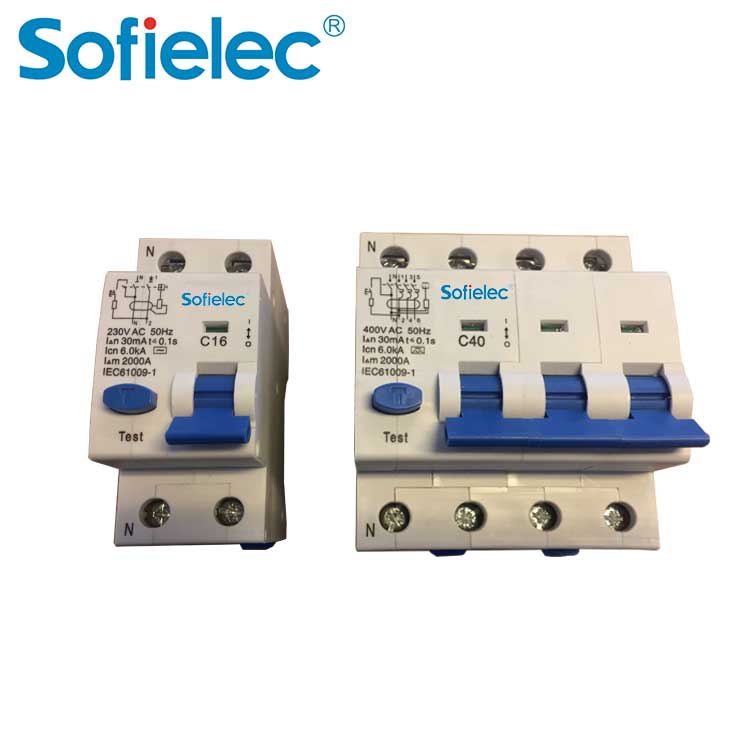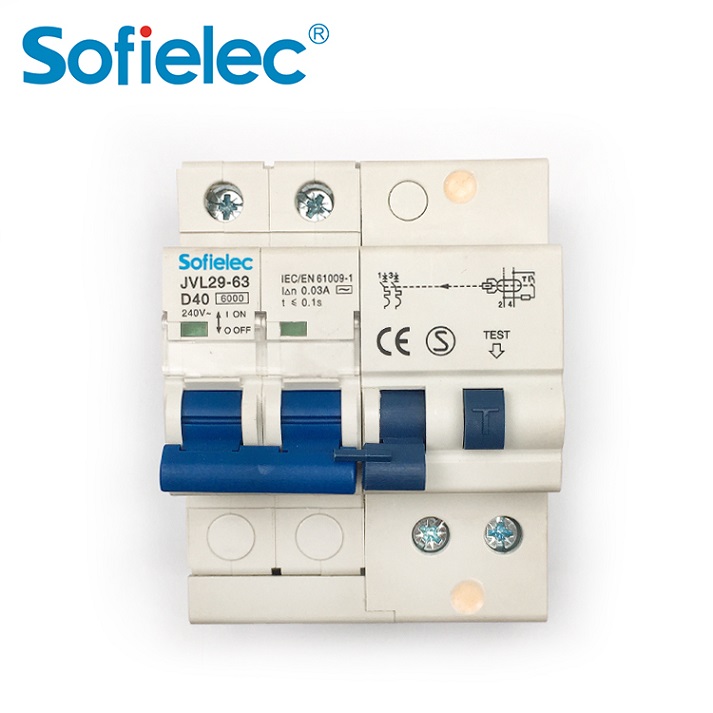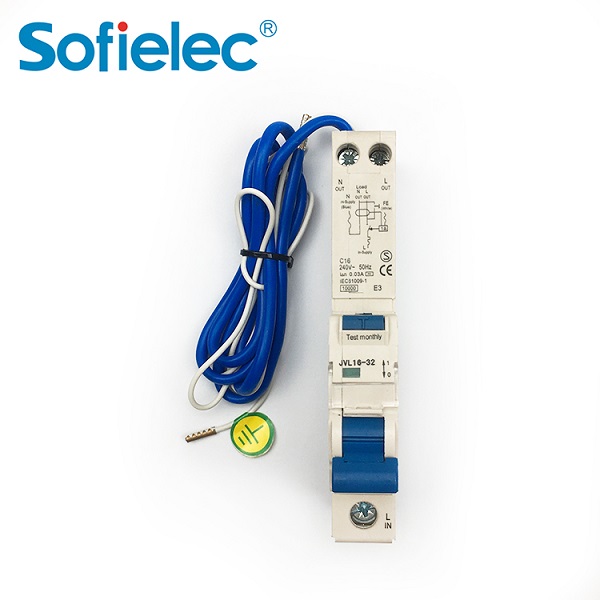Analysis and treatment of ten common faults of contactor
Contactors are widely used in electrical systems, and the frequency of faults is relatively high during use. How to quickly and accurately diagnose and remove faults is the key to the normal operation of the equipment. In view of this situation, here are some common faults of contactors and corresponding troubleshooting methods.
First of all, let's look at the basic working principle and internal structure of the contactor, which is more conducive to troubleshooting and solving.
When the coil is powered on, the static iron core generates electromagnetic attraction to pull the moving iron core together. Since the contact system is linked with the moving iron core, the moving iron core drives three moving contacts to operate simultaneously, and the contacts close, thus connecting the power supply. When the coil is powered off, the suction disappears, and the moving iron core linkage part is separated by the reaction force of the spring to disconnect the main contact and cut off the power supply.

1、 After the contactor coil is energized, the contactor does not act or acts abnormally
1) The coil control circuit is open. Check whether the wiring terminal is broken or loose. If it is, replace the corresponding wire and fasten the corresponding wiring terminal.

2) The coil is damaged. Use a multimeter to measure the resistance of the coil. If the resistance is ∞, replace the coil.

3) The thermal relay does not reset after action. If the resistance between the two normally closed points of the thermal relay is ∞, press the reset button of the thermal relay.
4) The control power supply voltage is inconsistent with the coil voltage, and the rated voltage of the coil is higher than the line voltage. Replace with a coil that adapts to the voltage of the control circuit.
5) Contact spring pressure or release spring pressure is too large. Adjust the spring pressure or replace the spring
6) Poor contact of button contact or auxiliary contact. Clean the contact or replace it accordingly.
7) Contact overtravel is too large. Adjust the contact overtravel.
8) The coil power supply voltage is too low or fluctuates too much. Adjust the coil supply voltage.
9) . The operating power supply capacity is insufficient or there is disconnection, wiring error and poor contact of control contact. Increase the power supply capacity, correct the wiring, and repair the control contact.
10) . The product itself is damaged (such as the coil is broken or burnt, the mechanical movable part is stuck, the rotating shaft is rusted or skewed, etc.) Replace the coil, eliminate the stuck fault, and repair the damaged parts.
11) The power supply is too far from the contactor and the connecting wire is too thin. Replace the thicker connecting wire.

2、 Abnormal closing of AC contactor
Abnormal closing of AC contactor means that the AC contactor is closing too slowly, the contact cannot be fully closed, and the iron core emits abnormal noise. The causes and solutions are as follows:
1) . Since the power supply voltage of the control circuit is lower than 85% of the rated voltage, the electromagnetic force generated by the solenoid coil after being energized is small, and the moving iron core cannot be quickly sucked into the static iron core, resulting in slow or loose contact. At this time, the power supply voltage of the control circuit should be adjusted to the rated working voltage.
2) The spring pressure is insufficient, resulting in the abnormal closing of the contactor; The reaction force of the spring is too large, resulting in slow closing; The overtravel of the contact spring pressure is too large to make the iron core not completely closed; The spring pressure and release pressure of the contact are too large, resulting in the contact can not be fully closed. The solution is to properly adjust the spring pressure and replace the spring if necessary.
3) . Due to the large gap between the moving and static iron cores, the movable part is stuck, the rotating shaft is rusted or deformed, which causes the contactor to pull in abnormally. During the treatment, remove the moving and static iron cores for inspection, adjust the gap, clean the rotating shaft and support rod, and replace the accessories if necessary.

4) Due to frequent collision for a long time, the surface of the iron core plate is uneven and expands outward along the direction of lamination thickness. At this time, a file can be used for trimming, and the iron core can be replaced if necessary.
5) The short circuit ring breaks, causing the iron core to make an abnormal noise. In this case, the same size of short circuit can not be absorbed or released. In addition to mechanical failure, the main causes of such failure are low power supply voltage, high internal resistance, and coil disconnection. The reasons for non-release or slow release are that the contact spring loses its elasticity or the elasticity is too large to make the contact reset force insufficient, the contact is welded, the iron core pole surface or the iron core guide groove has dirt, and the demagnetization air gap when the iron core is closed is reduced.



